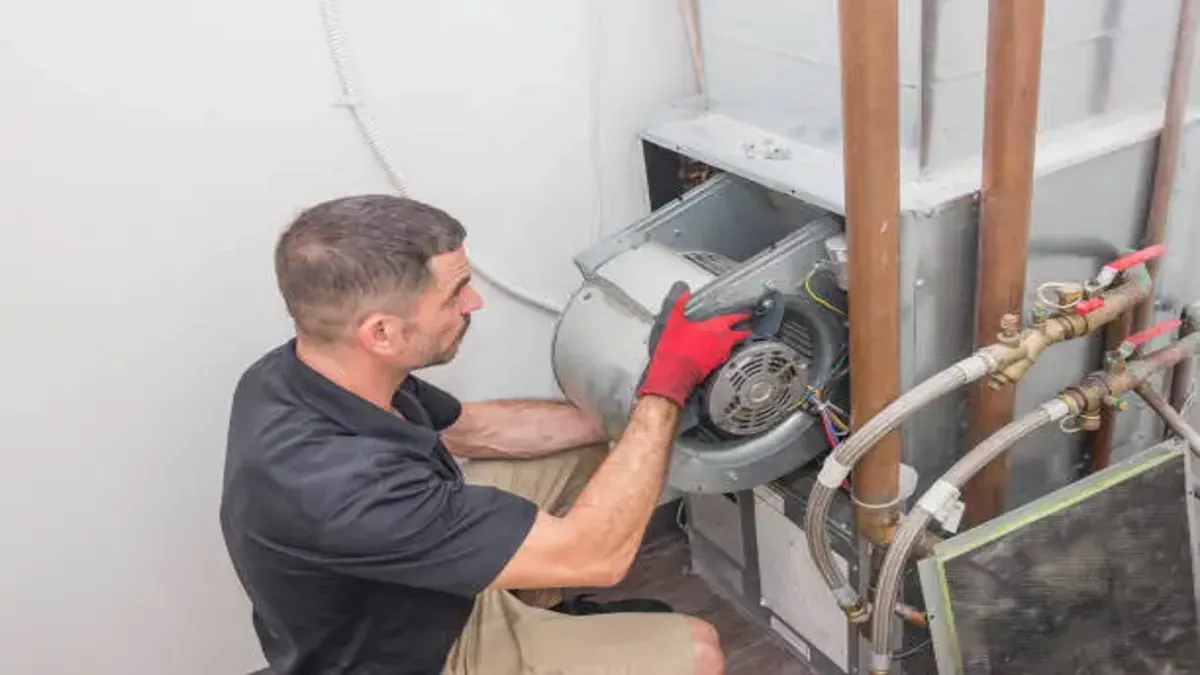A furnace is one of the most critical components of any home, especially during the colder months when consistent heating becomes a necessity. Many homeowners often rush to call for furnace repair the moment an issue arises, but a more effective approach is to take a few thoughtful steps before reaching out for professional assistance. These steps not only help you understand the situation better but may also prevent unnecessary costs or delays. We will explore practical measures that every homeowner should consider prior to scheduling furnace repair service, ensuring that time and money are well-spent while keeping your home comfortable.
Important Steps Before Calling for Furnace Repair
- Check the Thermostat Settings
One of the most overlooked causes of furnace issues is incorrect thermostat settings. Before assuming your furnace has broken down, ensure that the thermostat is set to “heat” and that the temperature is set above the current room temperature. Sometimes, the problem can be as simple as the thermostat being set to “cool” after warmer weather, or the batteries inside the thermostat running low and causing inaccurate readings. Checking these settings can save you from unnecessary repair calls and service fees. For those seeking furnace repair in Barrie, ON, ensuring the thermostat is functioning correctly can help technicians focus on actual system issues rather than minor control problems.
Furthermore, digital thermostats may occasionally need recalibration or a reset. If the display seems unresponsive, replacing the batteries or resetting the device can often restore functionality. By making thermostat checks a priority, you establish whether the problem originates from the control system or the furnace itself, allowing for a more informed repair request.
- Inspect the Air Filter
A clogged or dirty air filter is one of the most common culprits behind furnace problems. When the filter is blocked, airflow is restricted, forcing the furnace to work harder to push warm air throughout your home. This not only reduces efficiency but can also lead to overheating and automatic shutoff of the system. Before scheduling repair, inspect your air filter and replace it if it appears dirty or has been in use for more than the recommended three months. In households with pets, heavy dust, or frequent allergies, filters may need to be replaced more often. Replacing the filter is a straightforward step that improves indoor air quality while preventing strain on the furnace. If you skip this check, a technician may simply replace the filter during a paid service call, something you could have resolved on your own.
- Listen for Unusual Noises
Another step to take before scheduling furnace repair is to listen carefully for unusual noises. Furnaces are designed to operate with minimal sound, so rattling, banging, squealing, or grinding sounds often signal an underlying issue. Pinpointing the type of noise can help you provide valuable information to the repair service, speeding up diagnosis and potentially lowering repair costs. For instance, a rattling sound might indicate a loose panel, while a squealing sound may point toward a worn belt or motor issue. Identifying whether the noise is constant or intermittent can also help distinguish between minor adjustments and serious repairs. By taking note of the sounds and when they occur, you ensure that the service technician arrives with a clearer understanding of the issue, making the entire process more efficient.
- Check for Airflow and Vents
Restricted airflow from vents can create the impression of a furnace problem when, in fact, the issue lies in the ductwork or blocked registers. Before calling for repair, walk through your home and ensure all supply and return vents are open, unobstructed, and free from dust or debris. Furniture, rugs, or curtains placed over vents can significantly reduce airflow, preventing rooms from heating evenly. Additionally, check whether the airflow is strong or weak; weak airflow may suggest a blower problem, while uneven heating can indicate duct leaks. These observations provide valuable insights that can help you and the repair service identify the problem more quickly. Simple adjustments, such as clearing blocked vents, can often restore proper heating without the need for professional assistance.
- Reset the Furnace and Power Supply
Occasionally, a furnace may shut down due to a temporary fault or power interruption. Before scheduling a repair, check the furnace’s power supply. Ensure that the circuit breaker has not tripped and that the furnace switch is in the “on” position. If the system has a reset button, pressing it can sometimes restart the furnace and resolve the problem. It’s also worth inspecting whether the blower door is securely closed, as many furnaces are designed not to operate if the door is loose or improperly positioned. These basic checks can save time, especially during peak heating season when repair services are in high demand. If the furnace does power back on after a reset but then shuts down again, that is a clear sign of a deeper issue that should be reported to the service provider.
Being proactive before scheduling furnace repair not only saves unnecessary service calls but also equips you with valuable information that can make the repair process smoother and faster. By checking the thermostat, inspecting the air filter, listening for unusual noises, assessing airflow from vents, resetting the furnace, and monitoring performance, homeowners can rule out simple problems while providing technicians with critical insights. Taking these steps allows you to approach furnace repair with confidence, ensuring that your system is restored efficiently without wasting time or resources.

